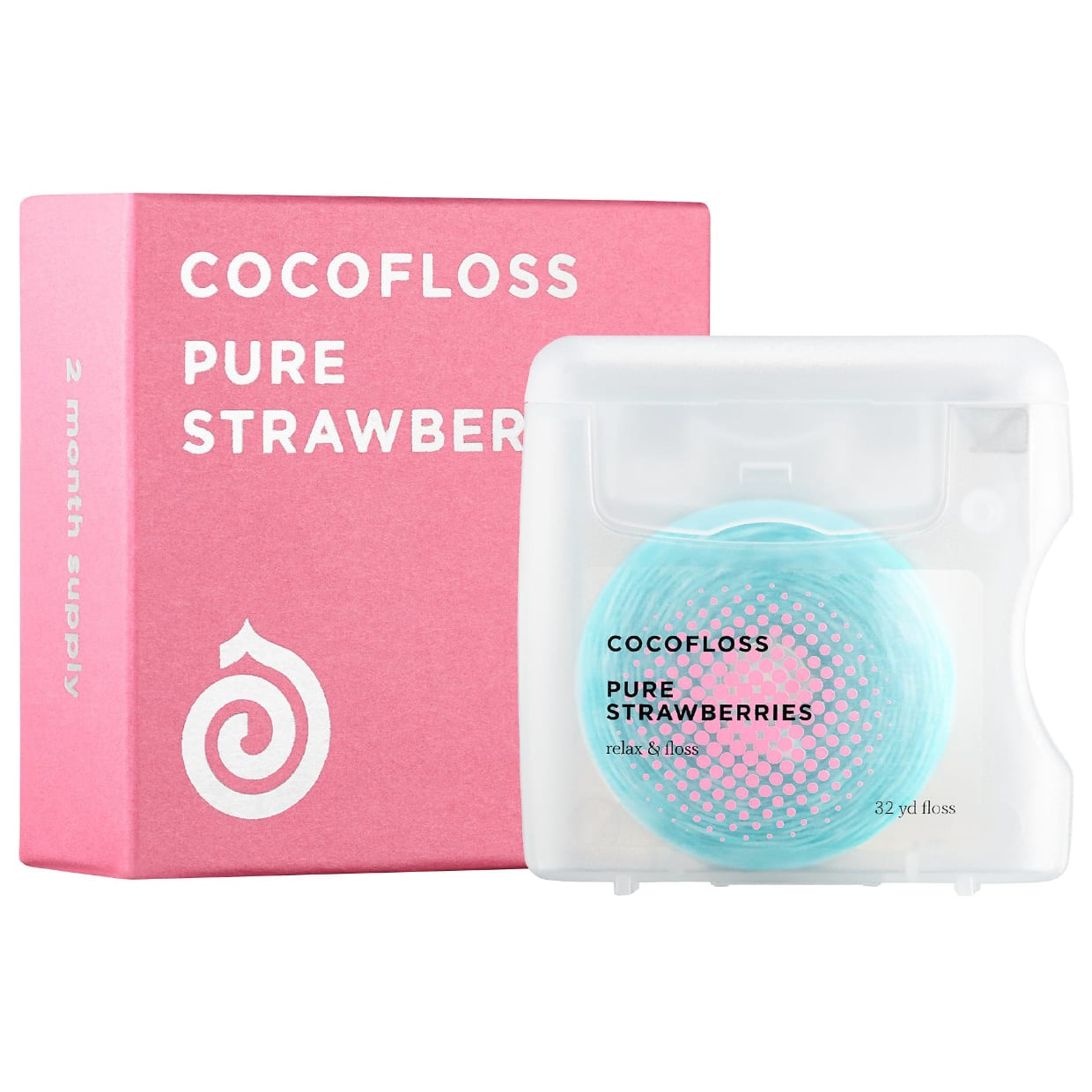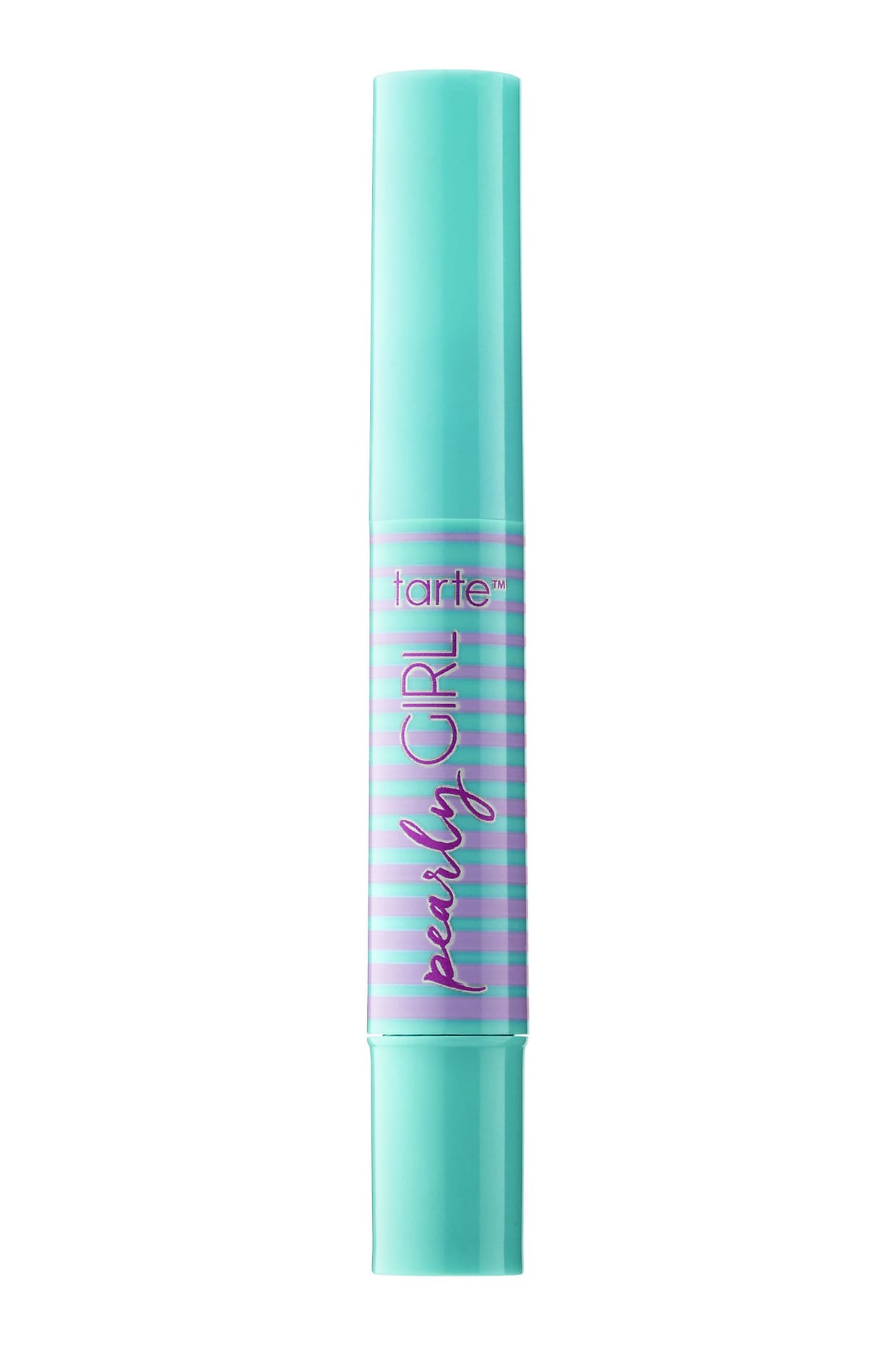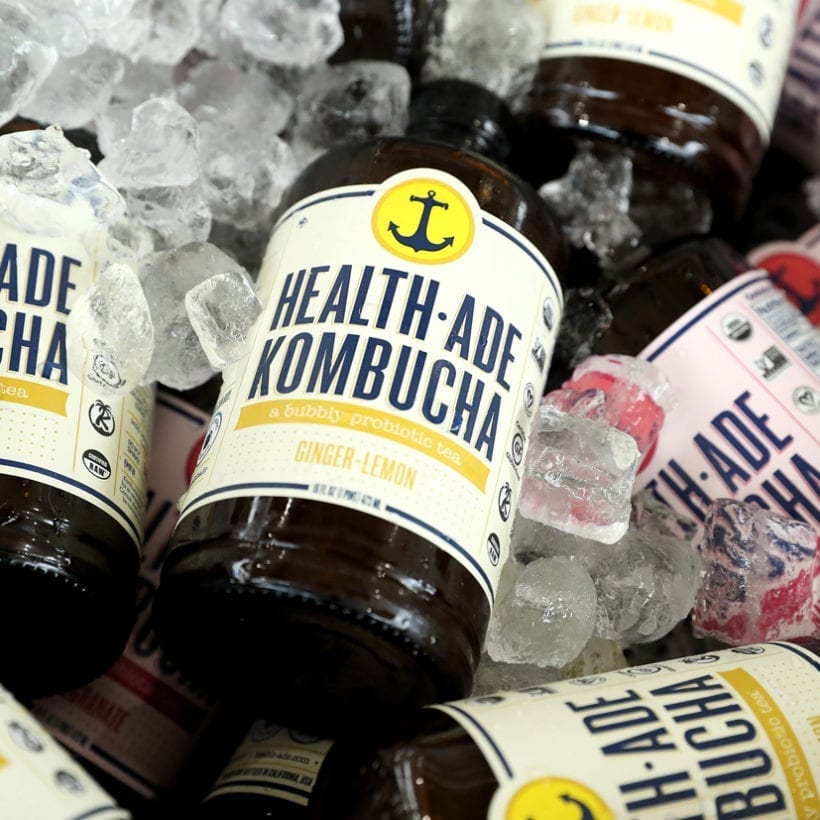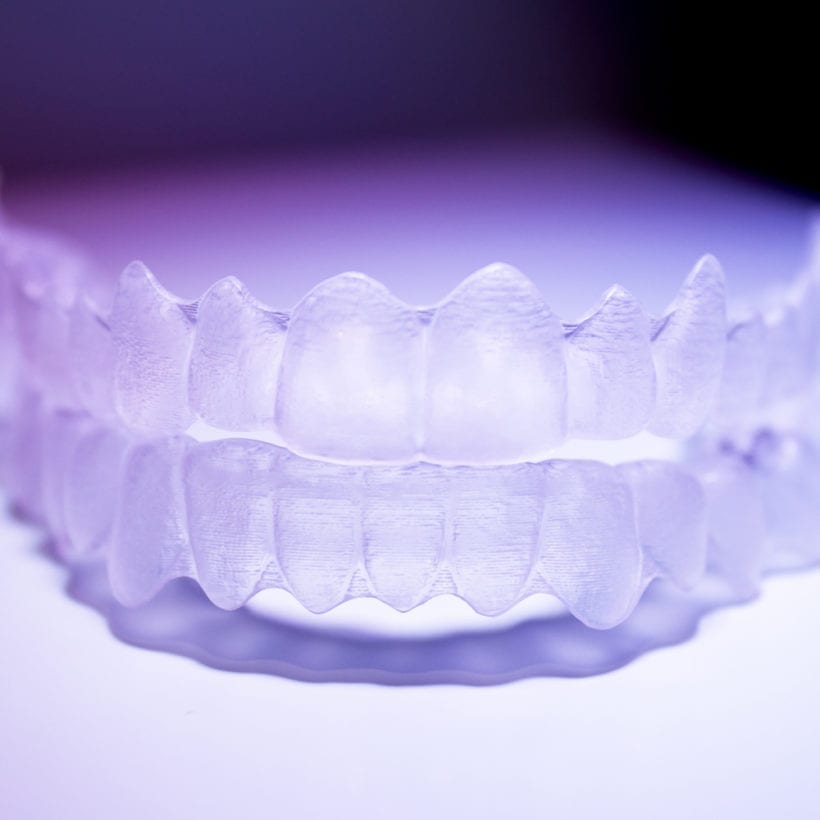When it comes to aesthetic wish lists, a million-dollar smile is highly coveted.
“Americans have a cultural fixation on having very white teeth. We have been conditioned for decades to want a ‘Hollywood smile’ — flawless and perfectly white teeth,” says Tracy Zhu, D.D.S., a dentist for New Jersey’s HENRY The Dentist. Add to that the era of Instagram — there are 1.4 million #teethwhitening posts on the platform — and FaceTune, which smooths and whitens to an unnatural degree and creates a distorted vision of reality.
But keeping your teeth white is easier said than done. “Teeth are porous and prone to staining,” says California-based dentist Neil McLeod, D.D.S. “The process can easily be likened to a food Tupperware box. If you fill it with staining food, over time it will absorb that stain and change color.” Regularly eating or drinking staining items (think: coffee, tea, red wine, citric fruit or foods with artificial colors) will affect the color of your teeth.
Ultimately, the color of your teeth should match your skin tone and blend with the color of your gums.
Beyond lifestyle choices, yellowing teeth also comes down to genetics (some people are luckier with their natural shade than others) and the natural aging process. “Over time and with natural wear and tear, the enamel on your teeth (the whiteish outermost protective layer) becomes thinner. As a result, this reveals the below layer, dentin, which is a yellow color,” says McLeod.
But how white should our teeth really be? “Ultimately, the color of your teeth should match your skin tone and blend with the color of your gums,” says Rhonda Kalasho, D.D.S., a dentist based in Los Angles. “For example, when we choose the color of a person’s veneers or crowns, we account for so many aspects of the person’s face. If their gums are naturally super red, or if they have a darker skin tone, then we don’t want to go too white because the contrast will not be in the patient’s favor.”
According to the spectrum of tooth shades that dentists use, which consists of 28 naturally occurring shades, most people naturally hover around “A2” — a nice ivory hue. A2 is very far from a true-white, and about seven steps away from the aspirational “white” shade (B1) found on whitening kits. However, even that holy grail shade is not a pure, whitest-white because it would be unnatural.
Yet, in the case of teeth that have veered too yellow, professional in-office whitening and at-home whitening kits can be used to brighten your smile.
At-home Solutions
Good oral hygiene: “To minimize teeth looking more aged, use an electronic toothbrush at least three times a day so that stains do not catch on to the pellicles of enamel and become permanent. You also want to floss, or use a water flosser, at least once a day because the staining in between the teeth can really be difficult to remove if left on,” says Kalasho. As for timing? McLeod recommends waiting a few hours after eating before brushing. “Foods, in particular citric ones, can soften the enamel and brushing when the tooth is in this state can aggravate the enamel further,” he says. This means you are better off brushing your teeth before breakfast and a few hours after dinner.
Whitening toothpaste and mouthwash: The jury is out on their effectiveness. “Teeth whitening toothpaste or mouthwash may contain a small percentage of hydrogen peroxide, the most common type of bleach used in teeth whitening products, but due to the nature of the process, it will only stay on the teeth for a short period,” says Alex Vasserman, D.M.D., a dentist based in New York City. “The lower the concentration of hydrogen peroxide, the longer it needs to stay on the teeth. Therefore, using [these] sort of products will only remove some intrinsic stains at best and not whiten the teeth per se.”
White Strips: At-home whitening strips offer a much higher percentage of hydrogen peroxide (around 35 percent). As for the best? Zhu says that Crest Whitestrips still reign supreme. She recommends a full treatment once per year with a semi-annual touch-up to help maintain the color. But caution must be taken, though, and following the individual product’s instructions carefully is important. “Don’t clean your teeth for an hour after and avoid staining food and drink for a few days,” Vasserman advises. “Application is important, as hydrogen peroxide can burn the gum. However, this is reversible and should heal in a few days,” he explains.
UV Light Treatments: On Instagram, support for these treatments are often via celebrity-led advertisements and competitive influencer marketing campaigns. McLeod cautions patients about at-home UV light treatments: “Bright light does reduce pigment, and this is how bleaching was achieved before bleaching chemicals were discovered, but there’s controversy over just how effective the process of adding ultraviolet light to the bleaching process is.”
Charcoal: McLeod is skeptical about charcoal whitening ranges, which will only remove extrinsic stains, not bleach the teeth per se. “Charcoal is a mild abrasive and as such it will lightly scratch the surface of the teeth to remove external staining and make the teeth look cleaner and a little whiter,” he adds.
In-office Treatments
You can also visit your dentist for whitening treatments, and they tend to offer two options with prices ranging from $300-$1,000. “Firstly, patients can come into the office and be fitted for a bespoke mouth tray that fits their teeth perfectly. The patient then uses this at home on a daily basis (anywhere between 15 minutes to overnight for 10-14 days) with a high percentage hydrogen peroxide solution,” says Vasserman. This can be a one-off treatment or more regularly, say yearly or bi-yearly. “The whitening lasts for a different length of time for different people and top ups are determined depending on the patient, their genetics, lifestyle and requirements,” he adds.
https://www.instagram.com/p/B0ljlNjhxGX/
For those looking for immediate treatment, teeth whitening can be completed in the office. “This involves applying a very high percentage of hydrogen peroxide gel (around 45 percent) to the teeth with a light shone on the teeth to activate it further. This normally takes around an hour,” says Vasserman. Or, the two treatments can be combined: an in-office whitening session followed by an at-home whitening plan. Just remember: post-treatment, avoid potentially staining food and drink.
“After any whitening treatment is completed, anything that will normally stain your teeth can cause even more dramatic staining after a whitening treatment,” says Zhu.
And to ensure you maximize your in-office whitening treatment, avoiding brushing straight after. “Abrasion of the outer layer of the tooth immediately after bleaching can damage the protein matrix which supports the crystals of the enamel. Those crystals — which are a supersaturated solution of calcium salts — regrow in the presence of saliva. Leave them alone to let the saliva do its job,” McLeod explains. McLeod also suggests booking in for a hygienist or deep clean prior to the whitening treatment. “Having completely clean teeth will ensure the effectiveness of the whitening process.”









